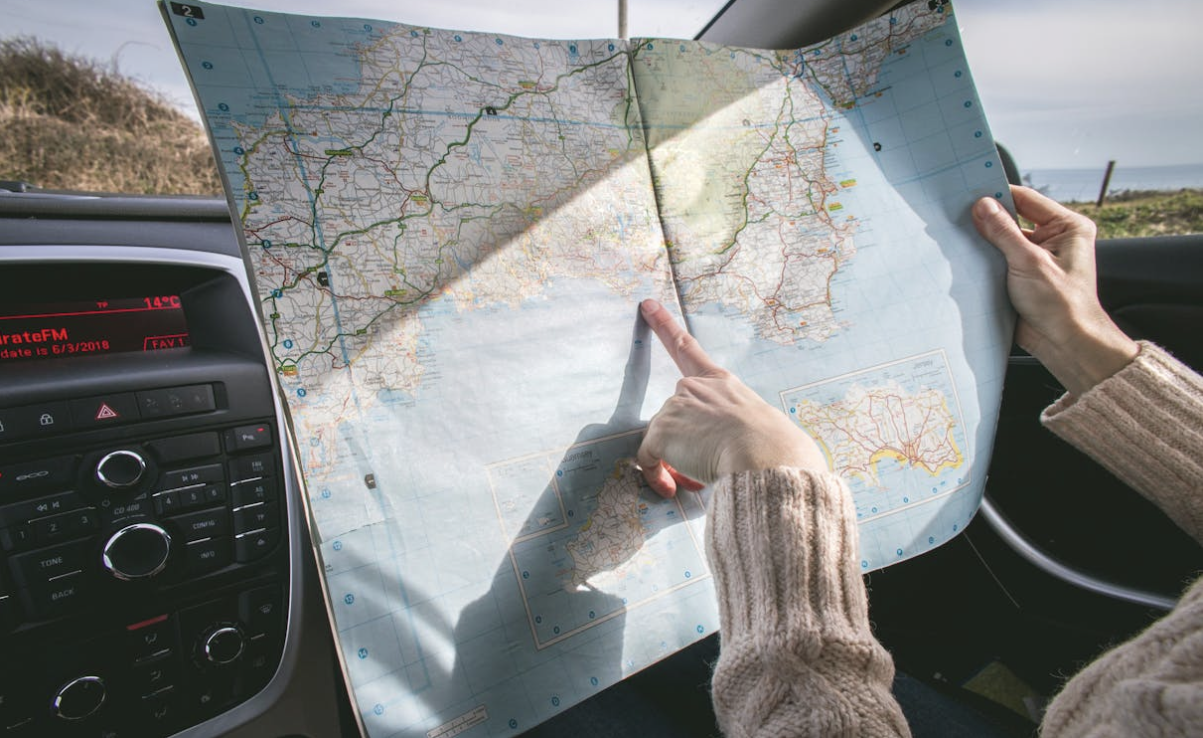How to Evaluate If Your Car Is Good for Traveling
Road trips can be awesome, but when you are far from home, in the middle of an unfamiliar country, in the middle of nowhere, that is the absolute worst time to have car trouble, a breakdown, a flat tire, or whatever else that can go wrong. There are a lot of things that can go wrong with a car at any given time but especially on long, arduous journeys, you should be especially careful. The best thing you can do is do your best to prevent anything from even happening, to the best of your ability, of course. So to make sure you don’t end up in a bad, bad situation, here are some things you should do and check before heading onto that road trip you have been planning for so long now.
The Obvious
The first thing you should probably make sure of is that your car can actually handle a longer journey, generally speaking. If your vehicle is already ancient, barely runs properly, needs 5 minutes and a prayer just to get started, and makes more strange noises than a creature from folklore, then you probably shouldn’t take it for any longer distances. If it is time to upgrade maybe, take a look at this Honda Vezel price in Singapore or whatever other vehicle you have your eye on before taking a trip. If there is even a small risk that your car is not fit for a journey, don’t take it. There are too many horror stories and disasters about accidents in the middle of nowhere for you to go on a whim. So, make sure your car is reliable enough to embark on a journey.
Ensure Your Tires Are Inflated Properly
Driving on tires that aren’t inflated enough can be dangerous, increasing the chances that you will have a blowout by causing damage to their sidewall, in addition to hurting your gas mileage. With tires that the factory installed, you can quickly find the correct tire pressure in your owner’s manual that came with the car, but if you just threw it away or lost it or something, you can also find the pressure rating printed on each tire. As pressure can change based on temperature, it is best to check it during mild weather or at midday to get an accurate reading.
Test Lights and Horn
Make sure you test that all your exterior lights and the horn are working properly, as you must have working head- and taillights for driving safely at night. Check that your license plate light and turn signals are functioning as intended as well. While you are checking the lights, honk the horn a few times to make sure it is in order as well. Blown-out lights can be a hazard as drivers around you can’t read your intentions and what you are going to do while driving, like taking a turn or braking. Plus, a broken light may get you pulled over which may see you losing time and with an expensive ticket to pay which would really put a dampener on your trip.
Air Filter
You should ensure that your air filter is not clogged. Most cars can go for tens of thousands of kilometers, or miles, without you needing to replace the air filter, but it is still a good idea to check its condition before heading out. If you don’t know where to look, it is usually in the air box attached to the intake, which is that accordion-looking plastic pipe. Your air filter should not have any debris in it and look white, so if it looks especially dirty, you should replace it.
Fluid Levels
Monitor the fluid levels of your car while preparing for a long road trip. These fluids include brake fluid, engine oil, coolant, power steering fluid, and if applicable, transmission fluid. If you see that they are low or empty, you should take the vehicle to a mechanic for diagnosis and repair, but if you don’t have any issues like leaks, you can just fill some fluids on your own. For example, checking your engine oil or coolant levels and filling them is pretty easy and simple to do at home, if you know what you are doing.
Wipers and Washer Fluid
Check your wipers, as like any part of the car, they can wear out with use or just dry out and crack over time. Do the same for your washer fluid, and if necessary, replace your windshield wipers, as heavy rains in the summer, snowstorms in the winter, or any severe weather can make driving difficult and hazardous. So, make sure your wipers are in tip-top shape to handle any rain, snow, or sleet, and check that the windshield wiper bottle under your car’s hood is full.
Clean the Car
Now this may not be a matter of life or death, but no one wants to go for long distances jammed between mountains of trash in the vehicle. You and whoever else is coming with you will be spending a substantial amount of time in the car, so not only for comfort but also for space, to store everything from luggage to snacks to personal items, you want to clean it as best you can. So, before you head out, thoroughly clean out your car. Take out all the empty boxes, candy wrappers, and tissues, maybe wipe down the dashboard with a wet wipe, and if there are crumbs everywhere, vacuum a little. Don’t forget to bring a road emergency kit, which should at least contain an extra gallon of coolant, some rags for cleaning, two, or three quarts of oil, water, obviously, and duct tape. Also, if for some reason you don’t have a smartphone, you definitely also want to bring a GPS with you.
Whether you are already a seasoned veteran of the roads or about to embark on your first long road trip, there are some things that everyone should check before heading out to mitigate the risks of unforeseen and unpleasant consequences.










